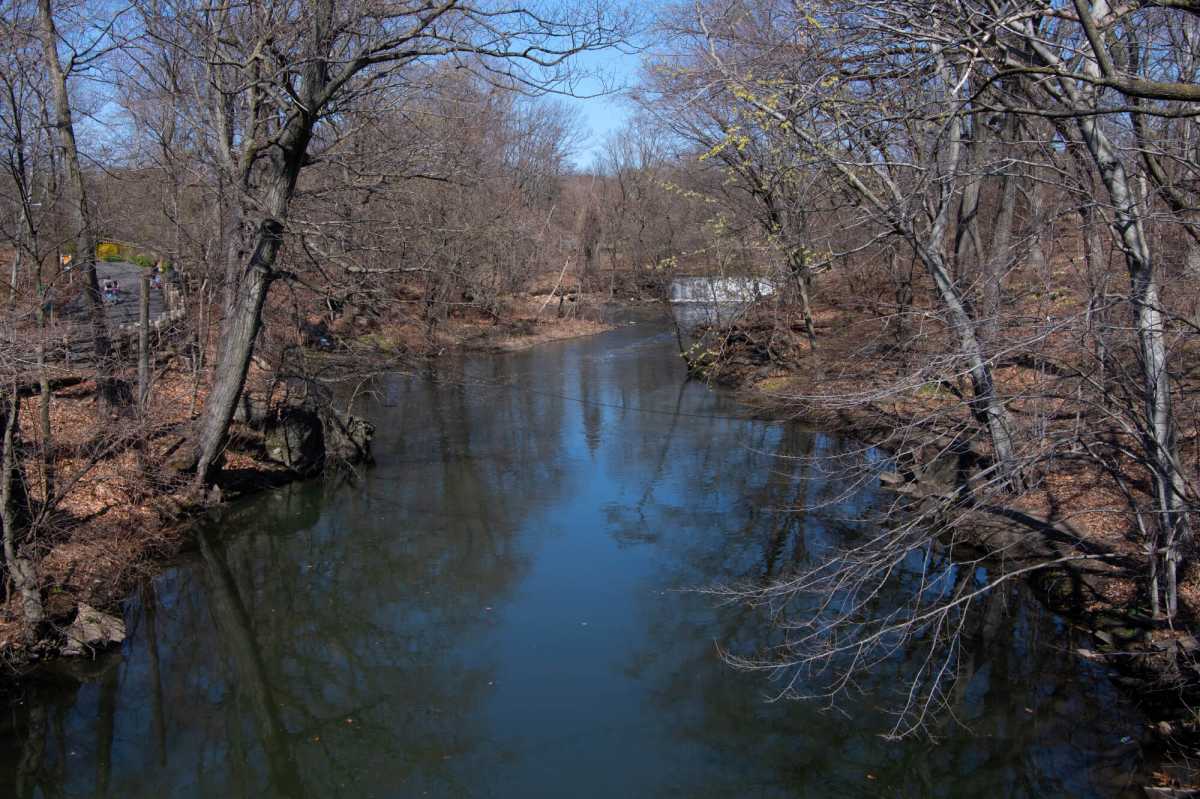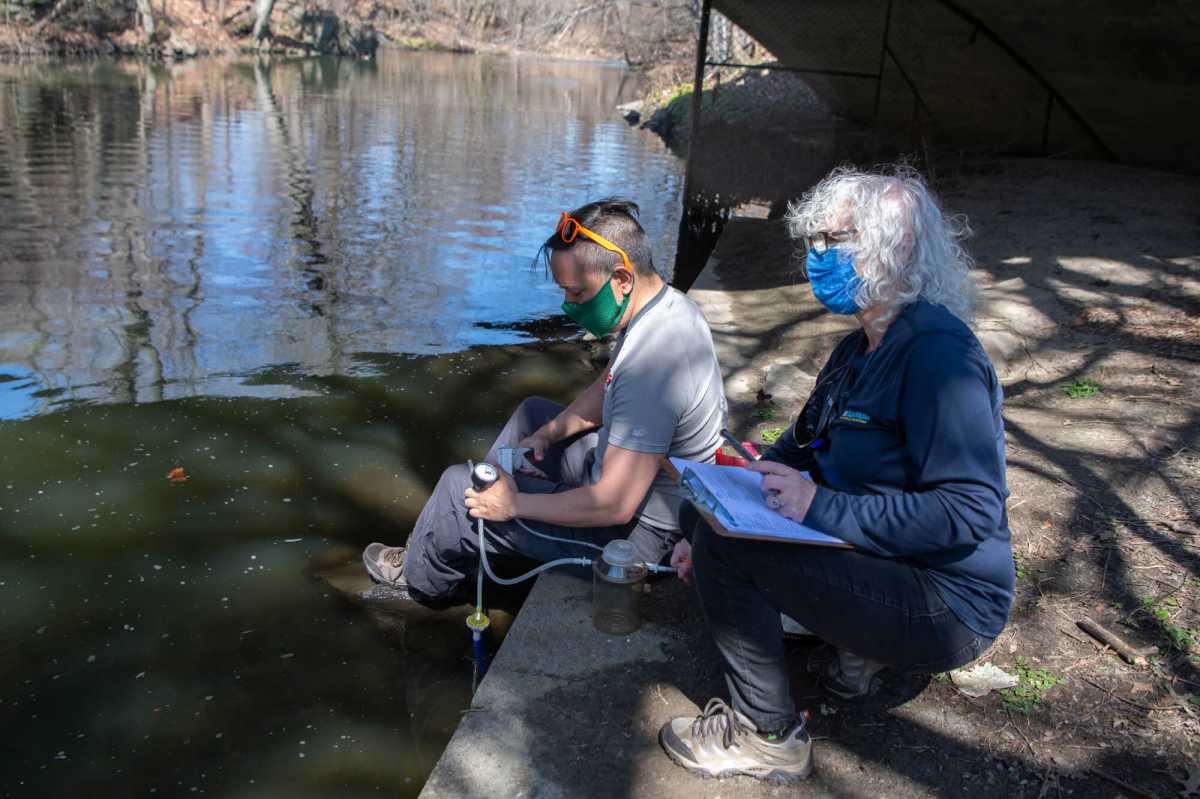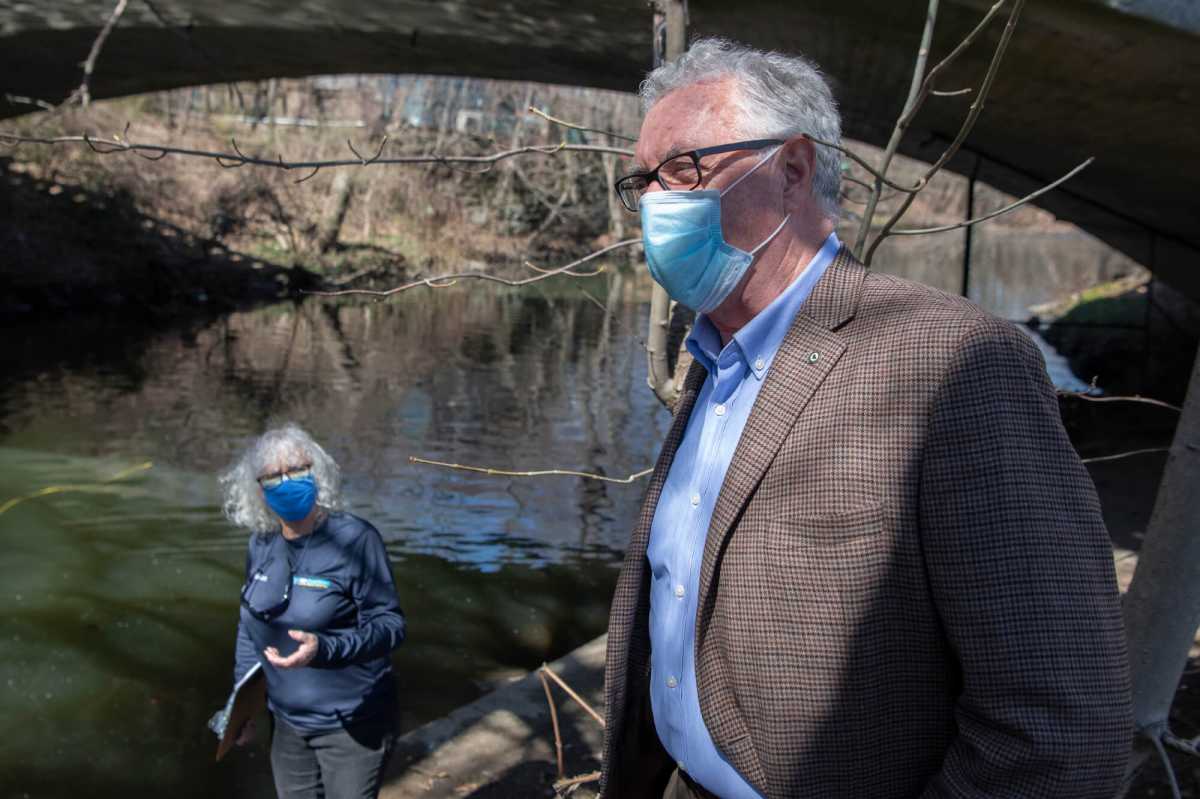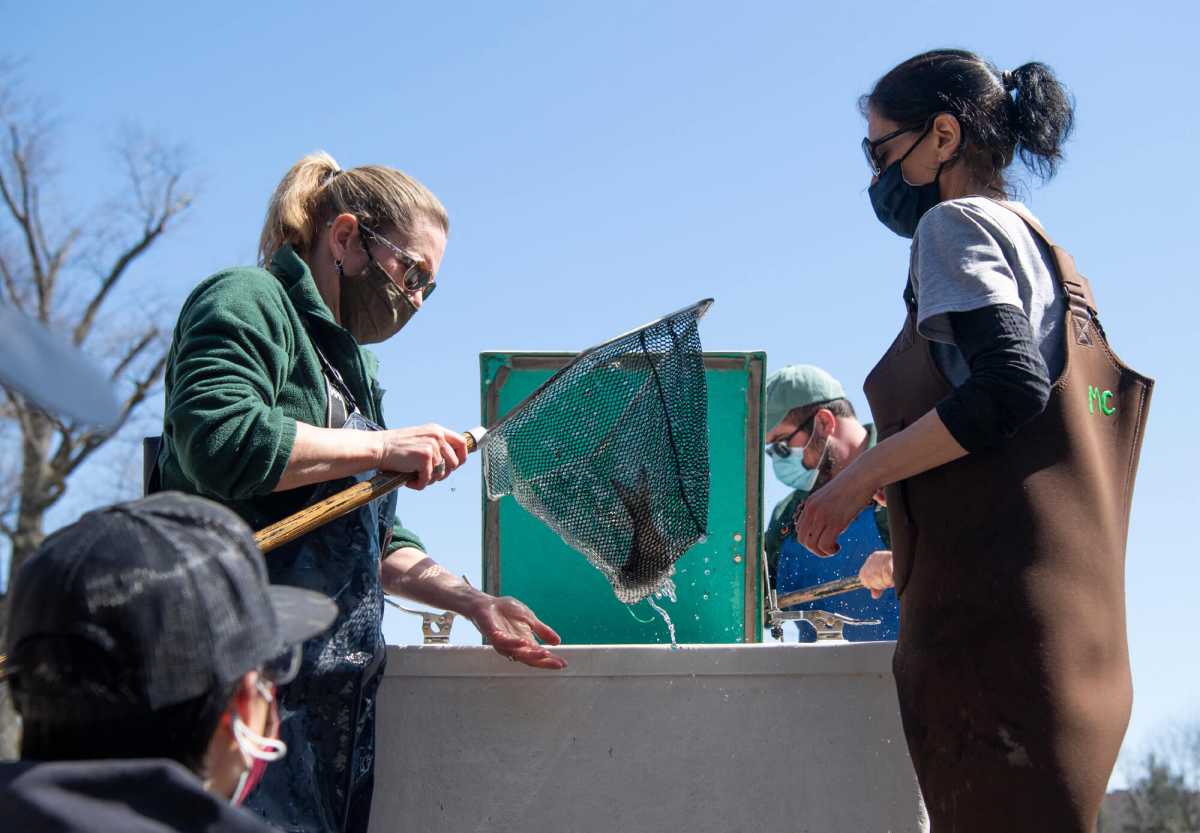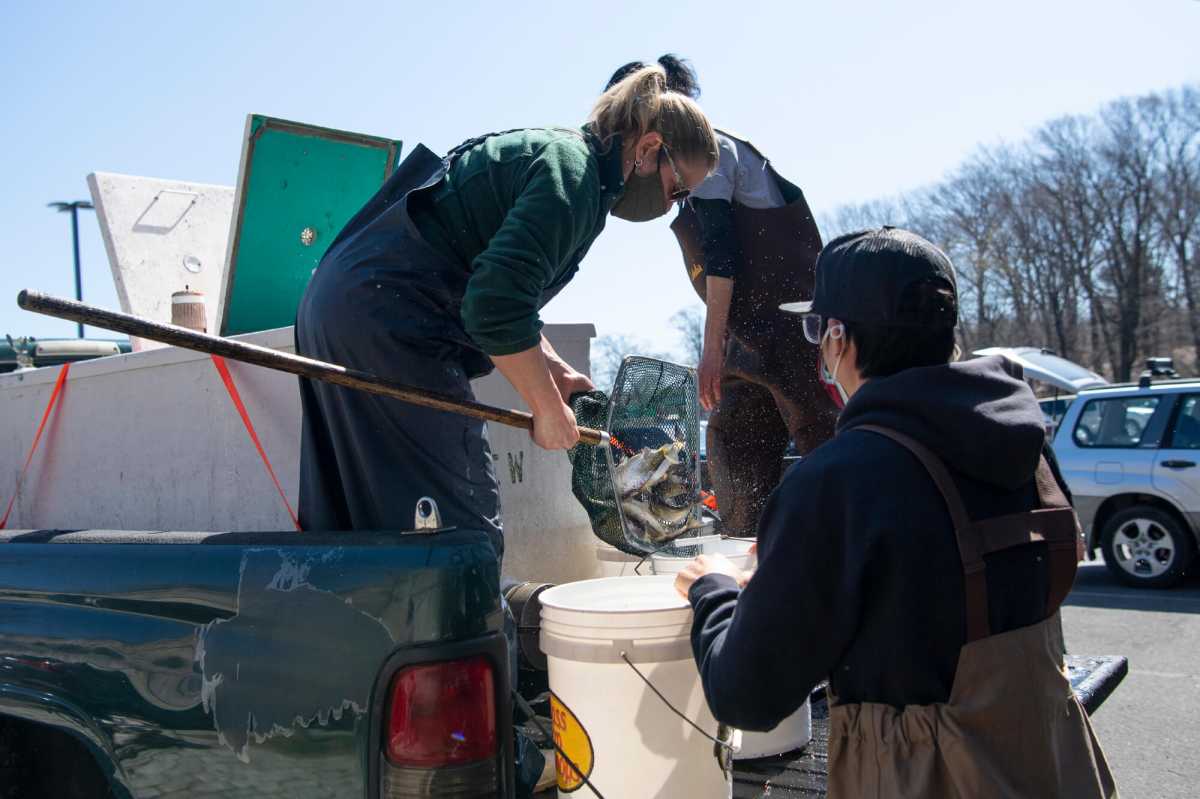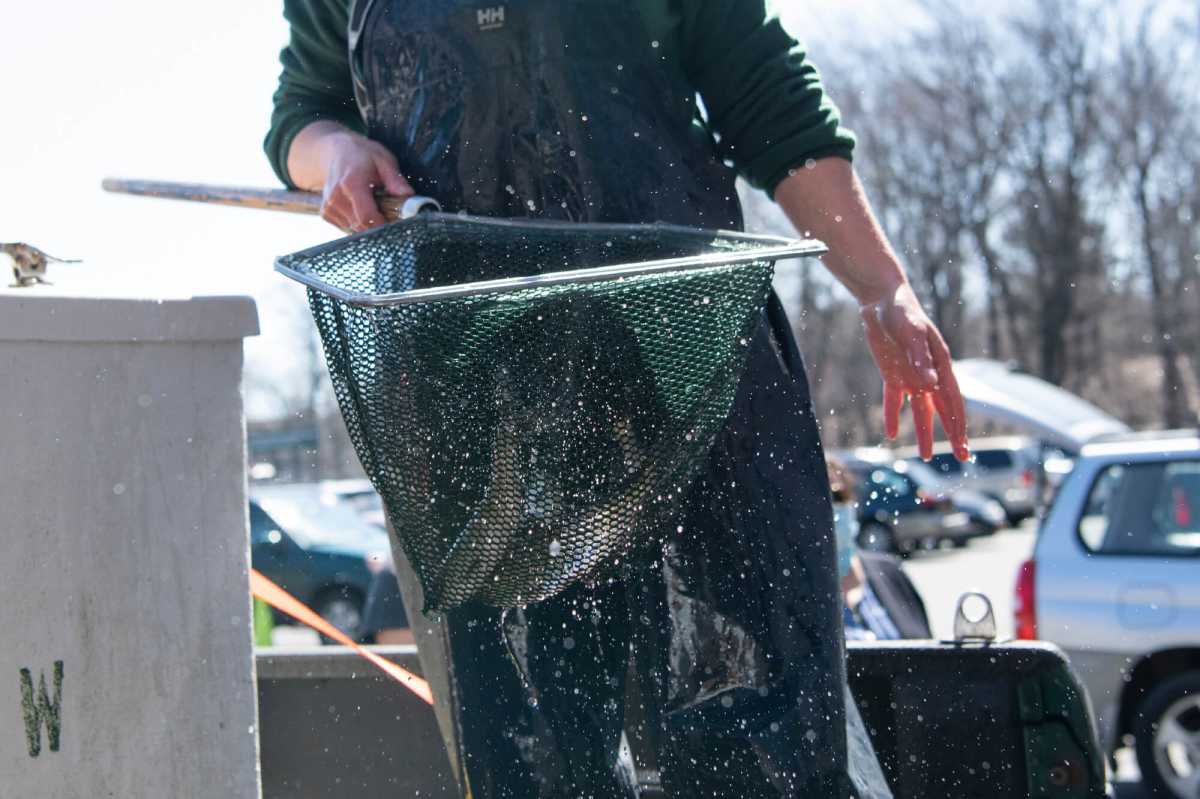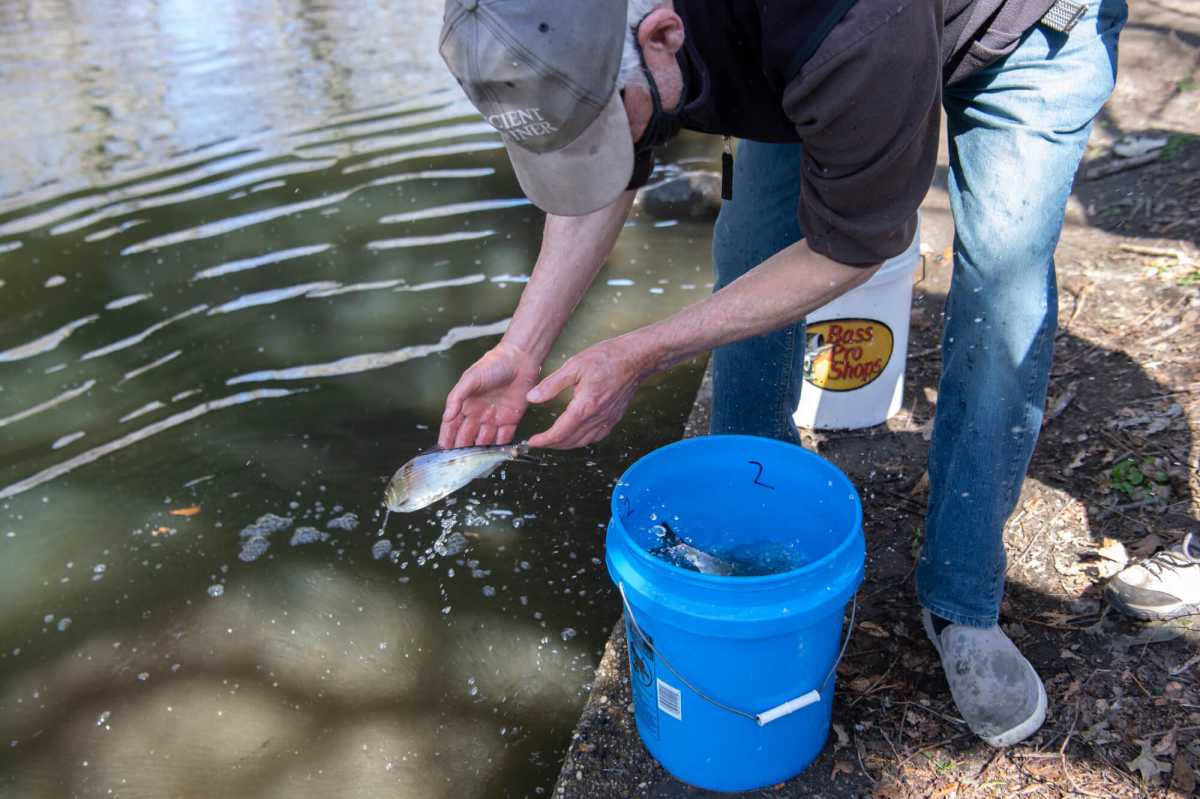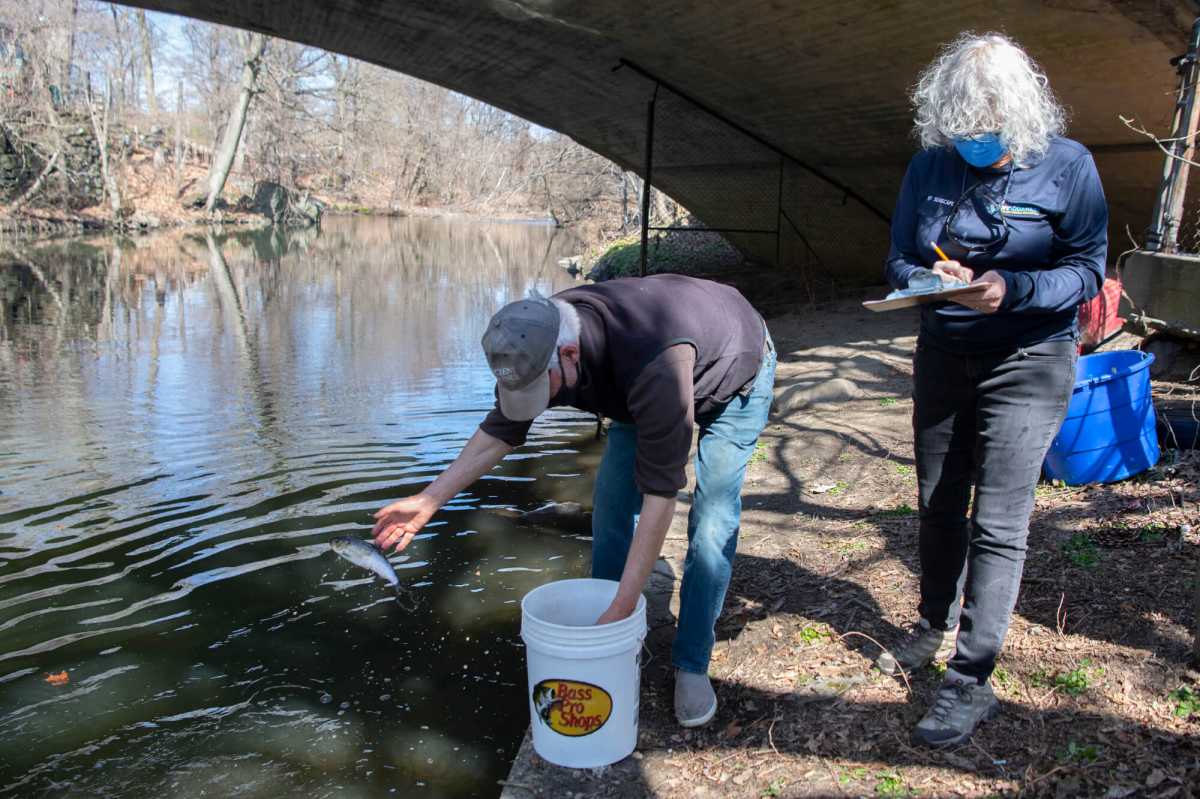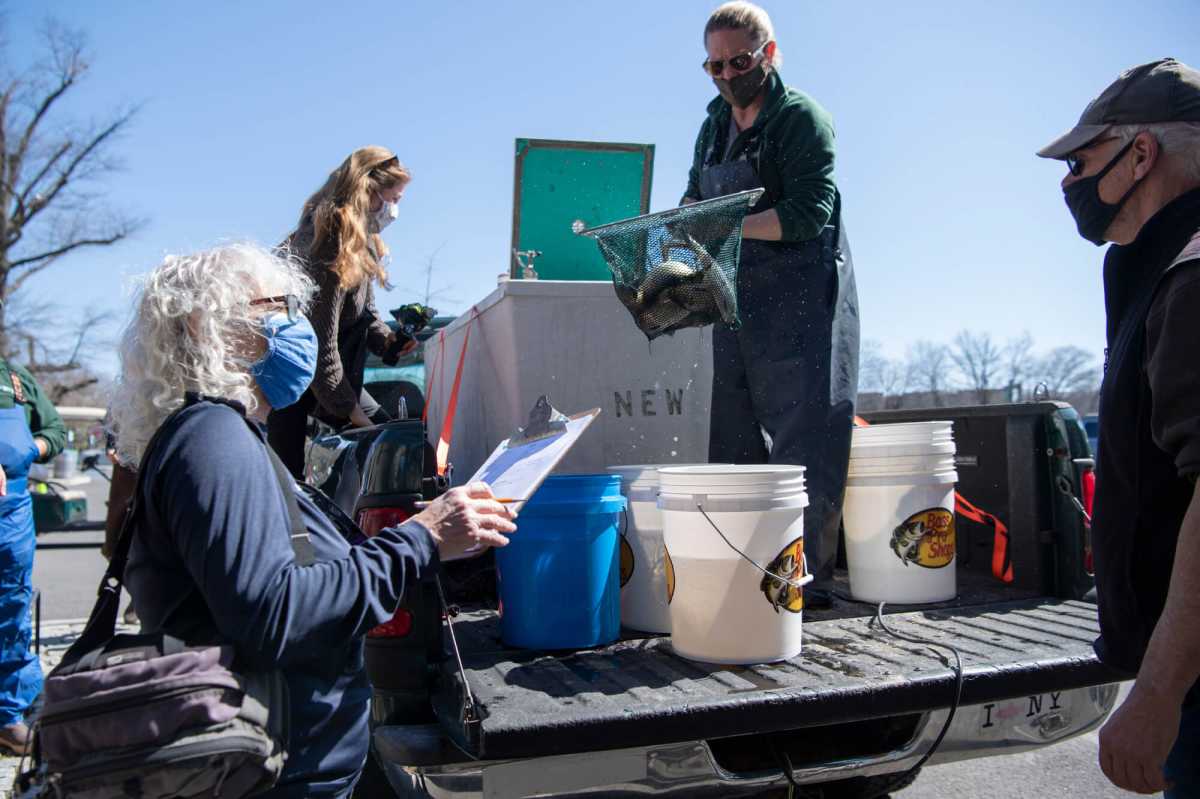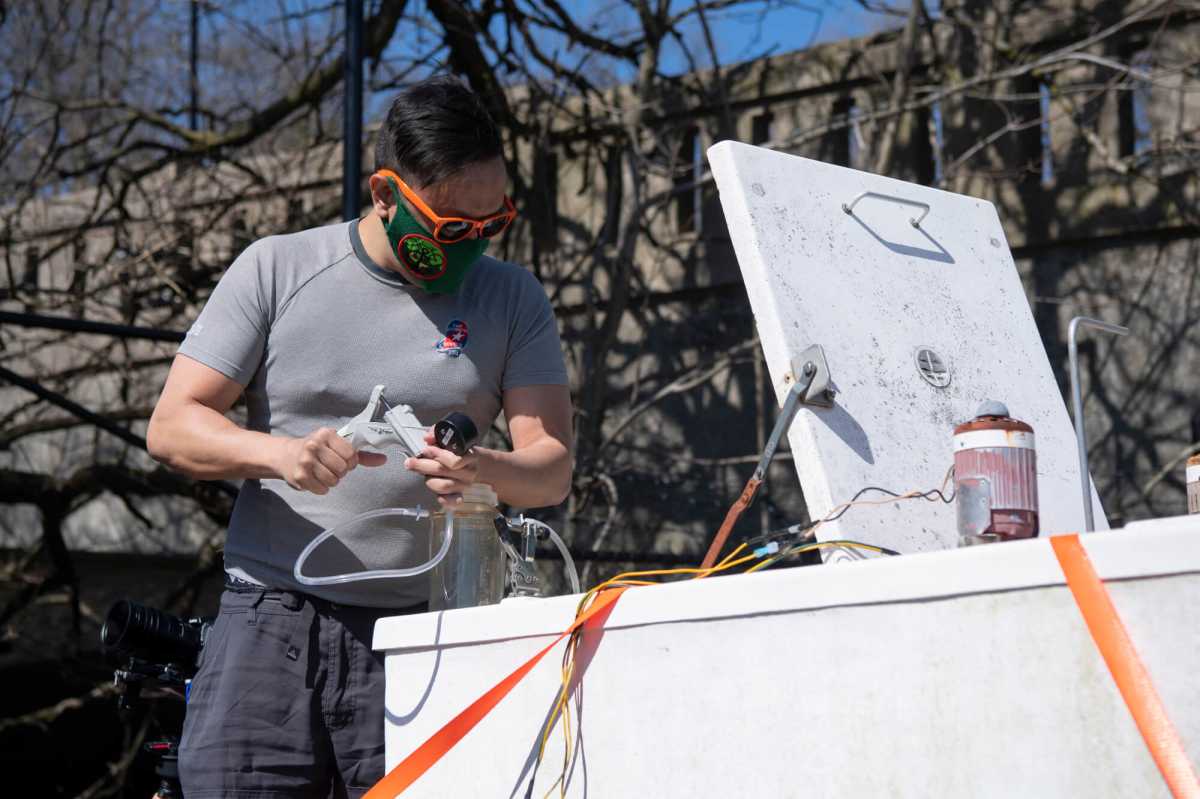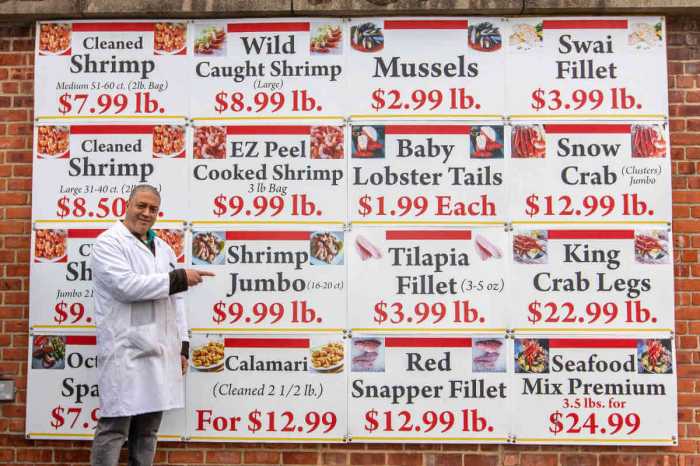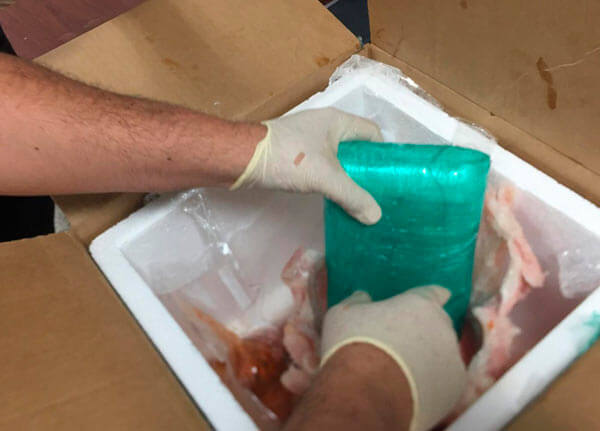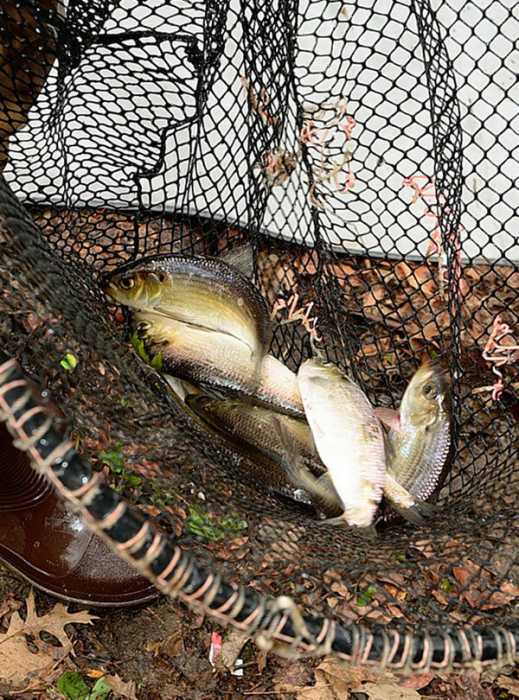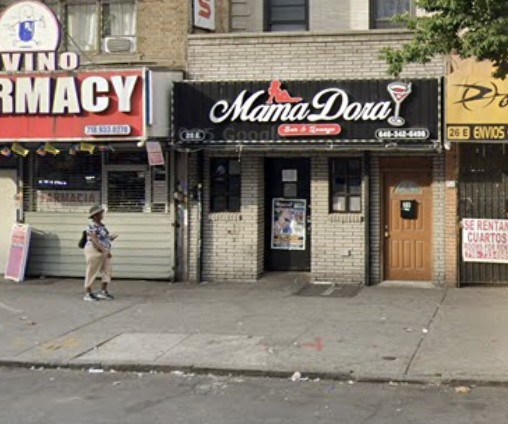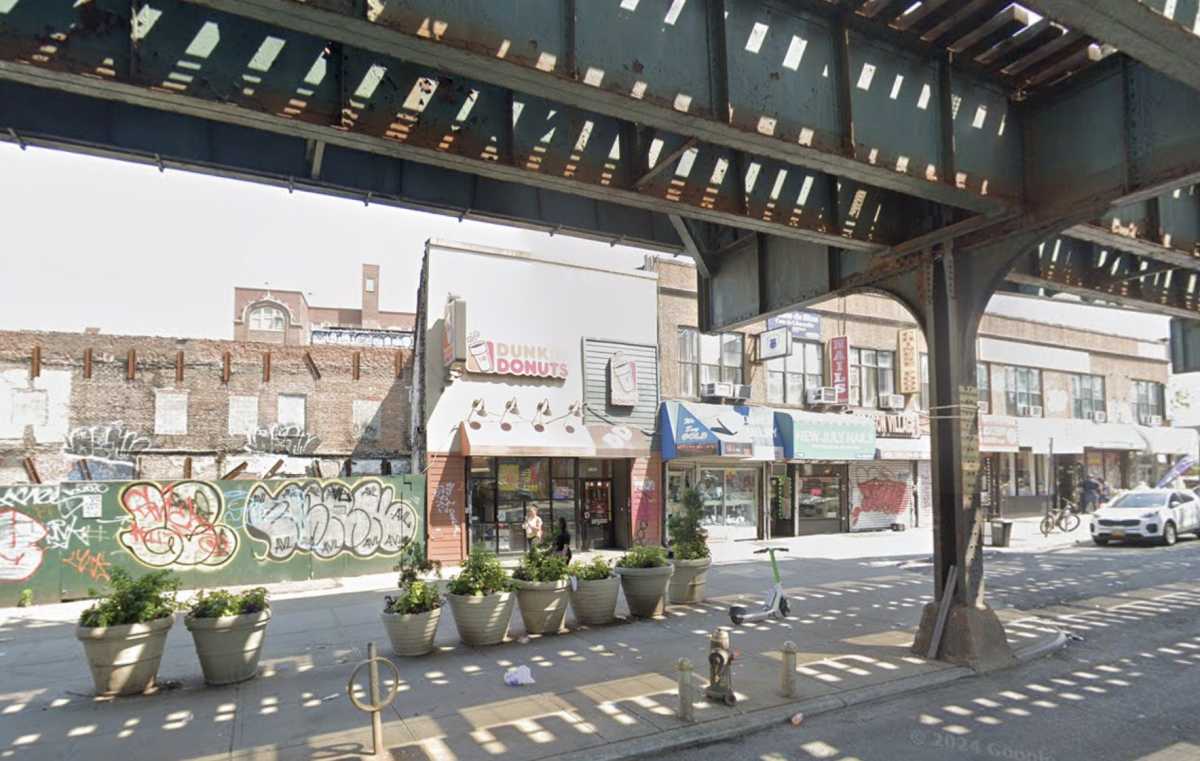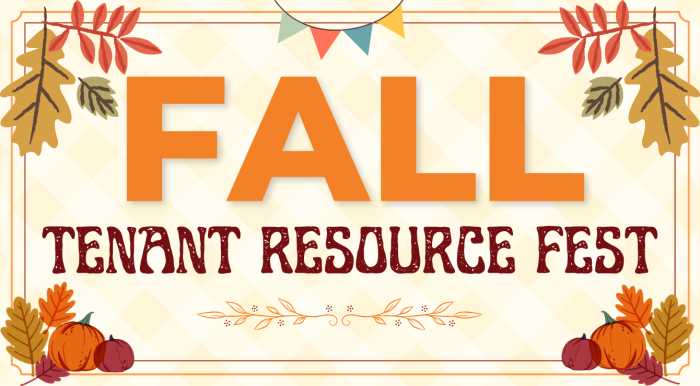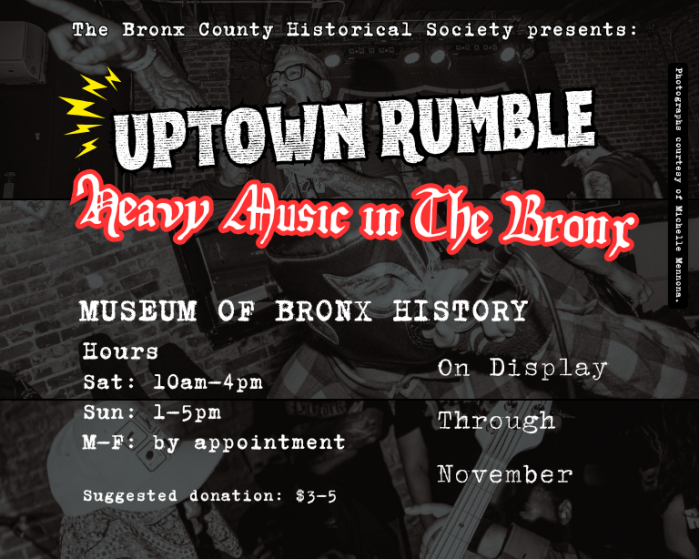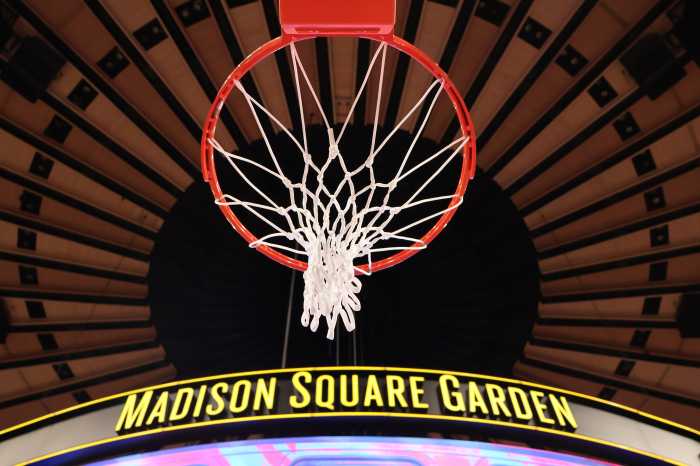In an annual tradition, New Yorkers participated in the “running of the fish,” where 250 herring were released into the Bronx River on Tuesday in part of a fish revitalization effort.
The groups involved were: NYC Parks, the Bronx River Alliance, the Bronx Zoo/Wildlife Conservation Society and the New York State Department of Environmental Conservation (NYSDEC). Now in its fifth year, the “running of the fish” hopes to continue combatting the steady decline of alewife populations in the northeast.
“Despite the ongoing pandemic, we are thrilled to have been able to take part in this year’s ‘running of the fish,’ an important part of our efforts to increase biodiversity and restore ecological value to the Bronx River,” said NYC Parks Commissioner Mitchell Silver. “We are proud to work closely with the Bronx River Alliance, the Bronx Zoo/WCS and the NYSDEC to make this year’s alewife restocking a reality.”
The restocking is part of an ongoing effort to re-establish a population of these native fish in one of the nation’s most urbanized waterways. This year, NYSDEC trapped and transported the fish from the Peconic River in Long Island to the Bronx River.
Scientists from WCS and the City University of New York (CUNY) will also be using new tools to monitor alewife in the river. Through measurement of environmental DNA (eDNA, molecules left behind in the water by fish) in water samples collected from the river, they will be able to track the presence of alewives through the spawning season. An underwater remote-operated vehicle (ROV) is also used to corroborate the eDNA findings with visual surveys and environmental conditions.
“After missing last year’s fish release due to travel restrictions caused by the COVID-19 pandemic, we are so excited to work with our partners to introduce 250 river herring into the Bronx River,” said Maggie Greenfield, Bronx River Alliance executive director. “The return of the Alewife Herring to the Bronx River represents such an important milestone for the restoration of the Bronx River, and we are proud to be a part of this annual event.”
Historically, the river herring “run,” or migration upstream to spawn each April, is a symbol that spring has arrived. Pollution, overfishing, mismanagement of fisheries and impediments to migration have all played a role in reducing the population of alewife. These native fish are an important food source for larger fish, birds and other wildlife in our ocean, estuaries and rivers. Restoring passage to the Bronx River will provide additional habitat and increase local biodiversity.
In 2015, NYC Parks constructed a fish ladder over the 182nd Dam to allow fish to migrate upstream to spawn. This ladder gives fish access to 12 acres of freshwater habitat that have been blocked for centuries and allows them to pass from river to ocean.

